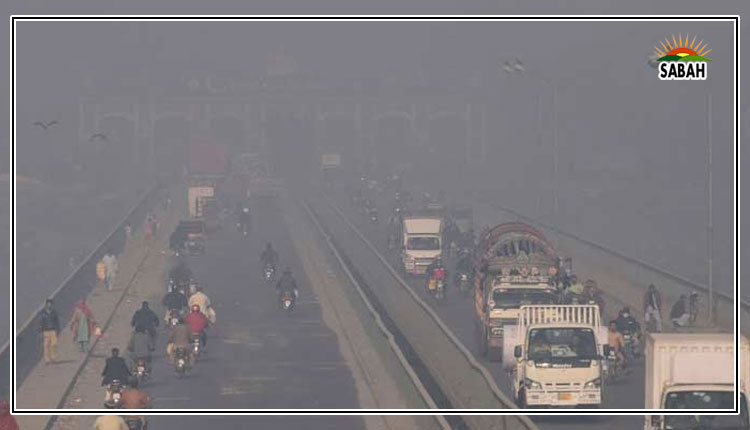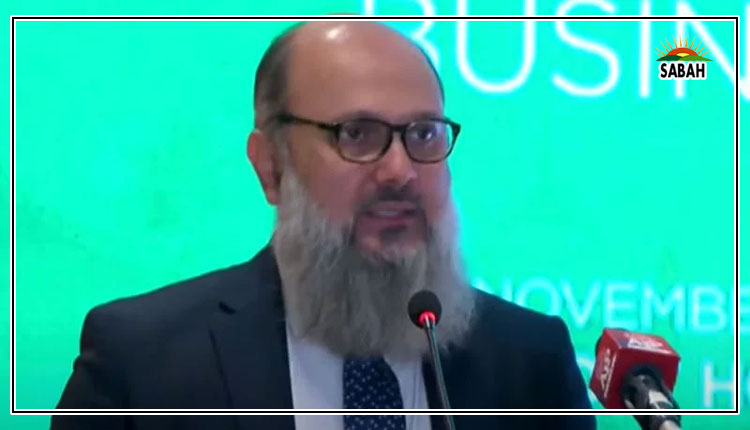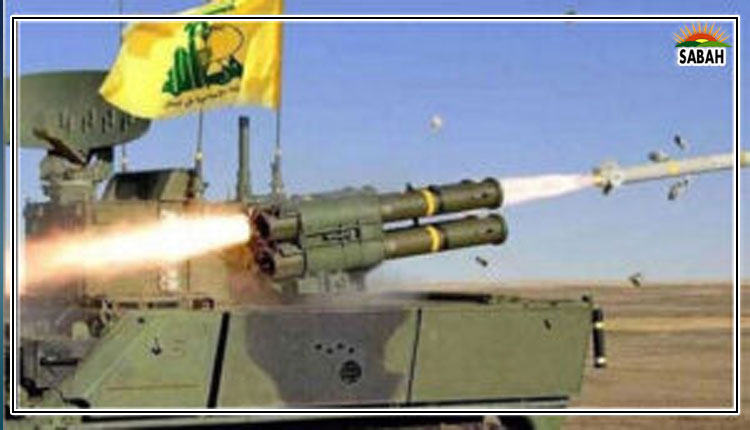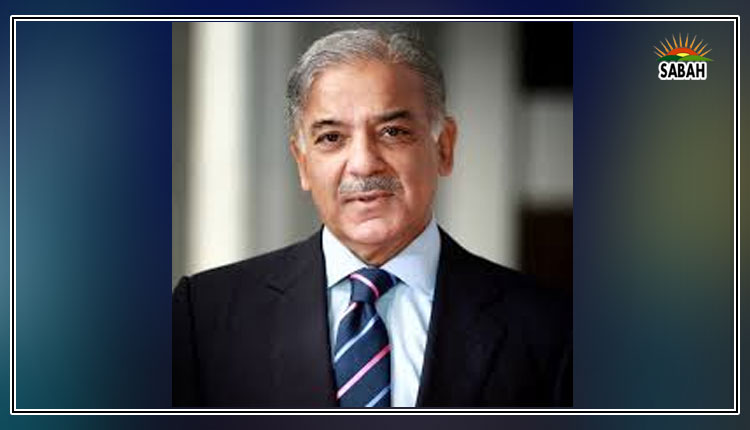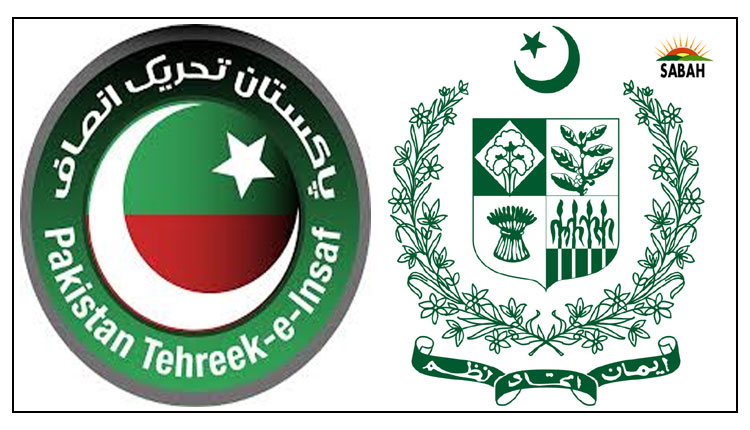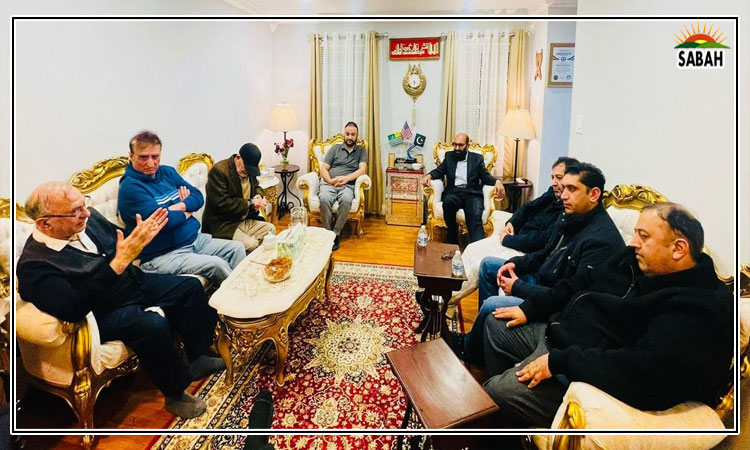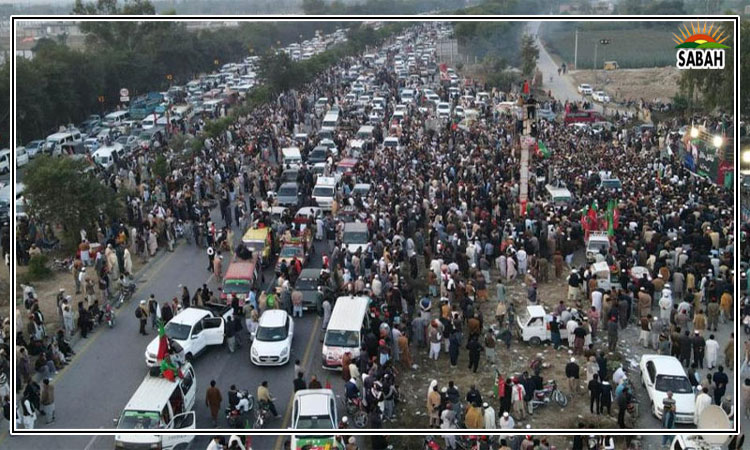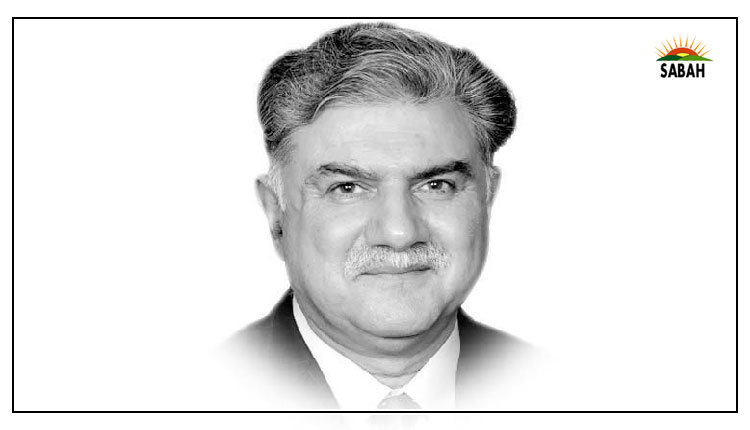Power struggles, force structure and collapse of ANDSF…Inam Ul Haque
Recounting the unravelling of Afghan National Defence and Security Forces (ANDSF) in August 2022, this week we continue to discuss the power struggles, the person of President Ashraf Ghani and the inherent structural limitation of ANDSF as gleaned from the February 2023 report by SIGAR (Special Inspector General for Afghanistan Reconstruction), a US government entity.
Constitutionally, the powerful President checked the authority of Afghan Parliament that ratified laws, approved budget and ministerial appointments. So, Afghanistan looked like an elected monarchy. Departing from traditional practice, Ghani resisted doling out patronage jobs and favours, alienating friends and opponents alike. Consequently, even his parliamentary supporters retaliated by obstructing approval for key appointments. He, in turn, retained ministers and officials, constitutionally dismissed by Parliament, ignoring law. At times, he threatened to dissolve the parliament by decree, if it impeached any security sector official. Supreme Court could not adjudicate, as it lacked any real independence from the executive. Bribes to keep jobs were rampant.
By 2021, the government in Kabul was dubbed as the three-man republic, comprising President Ghani, his national security adviser (NSA) Hamdullah Mohib, and Fazal Mahmood Fazli, heading Presidents administrative office. None had any security experience. President Ghani being a cultural anthropologist and World Bank economist, Mohib a PhD candidate in entertainment and communications, and Fazli, a physician and diplomat. Yet Mohib controlled military affairs and Fazli the civilian matters. For Ghani, fluency in English and loyalty remained attributes for holding public office. The three men held dual nationalities, no moorings in contemporary Afghanistan and were utterly unfamiliar with Afghanistans social fabric.
The troika despised by common Afghans dominated military planning, ignoring expertise of ANDSF commanders who consequently felt redundant. Corps commanders were directly appointed by Ghani. By 2021, the National Security Council had become a major bottleneck, as NSA Mohib bypassed normal chain of military command, and his protg officers controlled access to the President. NSAs over-involvement in military matters is cited as one major reason for ANDSFs unfortunate unravelling, as it created a gulf between the government and the military. MPs chaffed at Mohibs credentials, retorting he did not even know name and location of districts, to which he assigned police chiefs.
Ghanis reliance on this small coterie dangerously reduced his own situational awareness. When the NDS chief informed Ghani in 2021 of the impending US withdrawal, Vice President Saleh dismissed the intelligence as a US plot and replaced the NDS chief. The President reacted angrily to bad news. So aides, afraid of his temper, fed him what he liked, even if it was untrue like presenting selective feedback as public pulse. Under his deep-seated paranoia, Ghani disliked criticism, thinking everyone was conspiring against him especially those in the CEO Abdullahs camp.
Many tribal elders, generally plain-talking community leaders, just didnt visit him due to these reasons. Governors, corps commanders and chiefs of police were mostly going through the motions of robotic obedience, ignoring ground realities. Half-backed foreign solutions adversely affected ANP in particular. There were flickers of defiance, but few and far between. His impatient and narcissist predilections left the ANDSF in an unjust lurch on vital issues.
Third, Military restructuring affected morale and performance. Under the Inherent Law of Officers policy in 2018, mandatory retirement ages were lowered to ease out most senior military officers, replacing these with the US-trained younger cadre. Around 1,000 generals retired (mostly non-Pashtuns Tajiks). Although security sector was overrepresented by Panjsheri Tajiks and Jamiat affiliates, who initially captured most ANA, ANP and intelligence positions during early years of Republic, so the cited move was necessary to correct the agreed ethnic reform and balance; its timing and method appeared to politicise and ethicise the Military. Some stakeholders saw it as a deliberate attempt to sideline their comrades and marginalise their influence in the state.
And amid intense fighting in 2021, the President replaced most security officials with Ghilzai Pashtuns from eastern Afghanistan (Ghanis home province Logar and Mohibs neighbouring Nangarhar). The same year, he replaced more than half of Afghanistans district police chiefs, almost all ANA corps commanders, Army chief and the ministers of defence (once) and interior (twice). Defence and Interior Ministers were comically replaced on June 19, 2021, when Taliban already controlled 134 of Afghanistans 407 districts and contested another 178. These wholesale changes undermined ANDSF cohesion, morale and its ability to fight the Taliban.
The selection process for senior appointments also raised eyebrows, as in the prevailing Afghan Military System, officers up to and above brigadier general were directly appointed by the President. This undermined military leaders command and control, affecting battlefield performance.
Senior positions in ANP were replaced with non-commissioned officers from the special forces and intelligence with no policing experience and skills, or knowledge of their areas human geography. And like always in such situations, the ANASOC never gave their best to police, as most were relatively younger NCOs belonging to ANASOCs Admin and Logistics branches. Hence, they failed to develop community-links and political legitimacy, so critical in effective policing. Consequently, they couldnt mobilise local populations and territorial army in resistance to the advancing Taliban and made deals with them for self-survival. Some were so brutal that they drove an already ambivalent population towards Taliban.
Factionalism/competition between Pashtuns and non-Pashtuns (Tajiks, in particular) ushered in by Ghani-Abdullah rivalry is cited as the single biggest source of dysfunction within ANDSF. Conflict between US-trained younger and Soviet-era old-school communist officers (called the Mustaches), between the Mujahideen or jihadis and professional officers, between ethnicities added fuel to the fire. The Mustaches held desk jobs and hated the foreign presence; the mujahedeen normally at senior positions, disliked Mustaches and neither group trusted the US-raised younger generation, marginalised by Presidency for fear of a coup. Younger ANDSF leaders also shared blame for their lack of experience, exposure, competence and awareness.
Ghani had reasons to distrust the USMILs close mentorship of Afghan special forces, considered more loyal to the US than Afghanistan. US promises of evacuation of ANDSFs elite soldiers and intelligence operatives were also behind ANDSFs incredible collapse. Doha parleys further embittered him, and he believed negative assessments and bad news were US ploys to persuade him to negotiate with Taliban.
In the end, given the inter-departmental chasm, infighting, insubordination, self-preservation and loss of faith in the future of Republic (and ANDSFs stakes in it) at a critical time, the situation hastened collapse of a force, already at the brink of a disaster in August 2021.
Courtesy The Express Tribune


